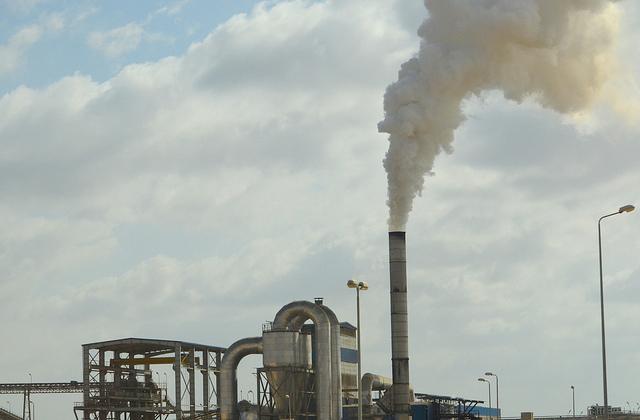Assistant professor of civil and environmental engineering Greeshma Gadikota delivered an address Monday on how carbon can be captured and utilized to create green energy.
Gadikota said the process of capturing carbon and converting it to sustainable energy is a complex idea and will take several years to successfully blueprint.
“There is not a lot that we know at this time to answer this question,” Gadikota said. “We are looking to develop pathways at a molecular scale through solid water interphases to meet growing energy demands in a sustainable manner.”
Gadikota said she and her team of co-researchers are trying to develop an engineering method to stow away carbon dioxide gas at the subsurface level of the earth.
Due to industrialization and increasing competition in the energy industry, Gadikota said emissions into the atmosphere are increasingly harmful to the environment.
Gadikota said her research tests different gas solutes with the goal of discovering which elements and compounds — helium, carbon dioxide and methane, for example — have an affinity to bulk water or confined water.
“Our objective is to develop molecular- and meso-scale insights into gas-liquid-solid interactions for energy and the environment,” Gadikota said.
This tactic will help decrease emissions and develop advanced engineering methods at the subsurface level, Gadikota said.
Gadikota said her research will take further experimentation and observation. But she said she is on the right track to use geological structures to store toxins that are manufactured and released into the environment.


